U.S. News
26 Fast Foods That May Change or Disappear Under RFK Jr.’s Health Agenda
By Jake Beardslee · June 26, 2025

26 Fast Foods That May Change or Disappear Under RFK Jr.’s Health Agenda
Fast food is an American institution, but its future may be uncertain under Robert F. Kennedy Jr.’s sweeping health proposals. As Secretary of Health and Human Services, Kennedy has targeted seed oils, synthetic additives, and artificial dyes, aiming to overhaul ingredient standards across the country.In February, he publicly praised Steak ‘n Shake for removing seed oils from its fries, calling the move a sign of progress. “Congratulations @SteaknShake for being the first national fast-food chain to begin the transition away from seed oils,” Kennedy wrote on X. “Thanks for leadership in the crusade to Make America Healthy Again.”
If his agenda gains traction, some of the nation’s most recognizable fast food items could look very different—or vanish entirely. Jack Gruber / USA TODAY NETWORK via Imagn Images

Hash Browns
Hash browns are often fried in seed oils and may include additives to preserve color and texture. Anti-foaming agents are sometimes used to prevent splatter in industrial fryers. Reformulating with beef tallow or other animal fats could significantly shift the flavor and nutritional profile. Their presence on some breakfast menus might come into question altogether. Polina Tankilevitch / Pexels
Chicken Nuggets
Fast food nuggets typically rely on breading blends that include flavor enhancers and binding agents. The meat itself may be treated with phosphates to retain moisture and texture. Seed oil frying could be flagged under Kennedy's health agenda. A cleaner version might appeal less to those accustomed to the current addictive crunch. Brett Jordan / Unsplash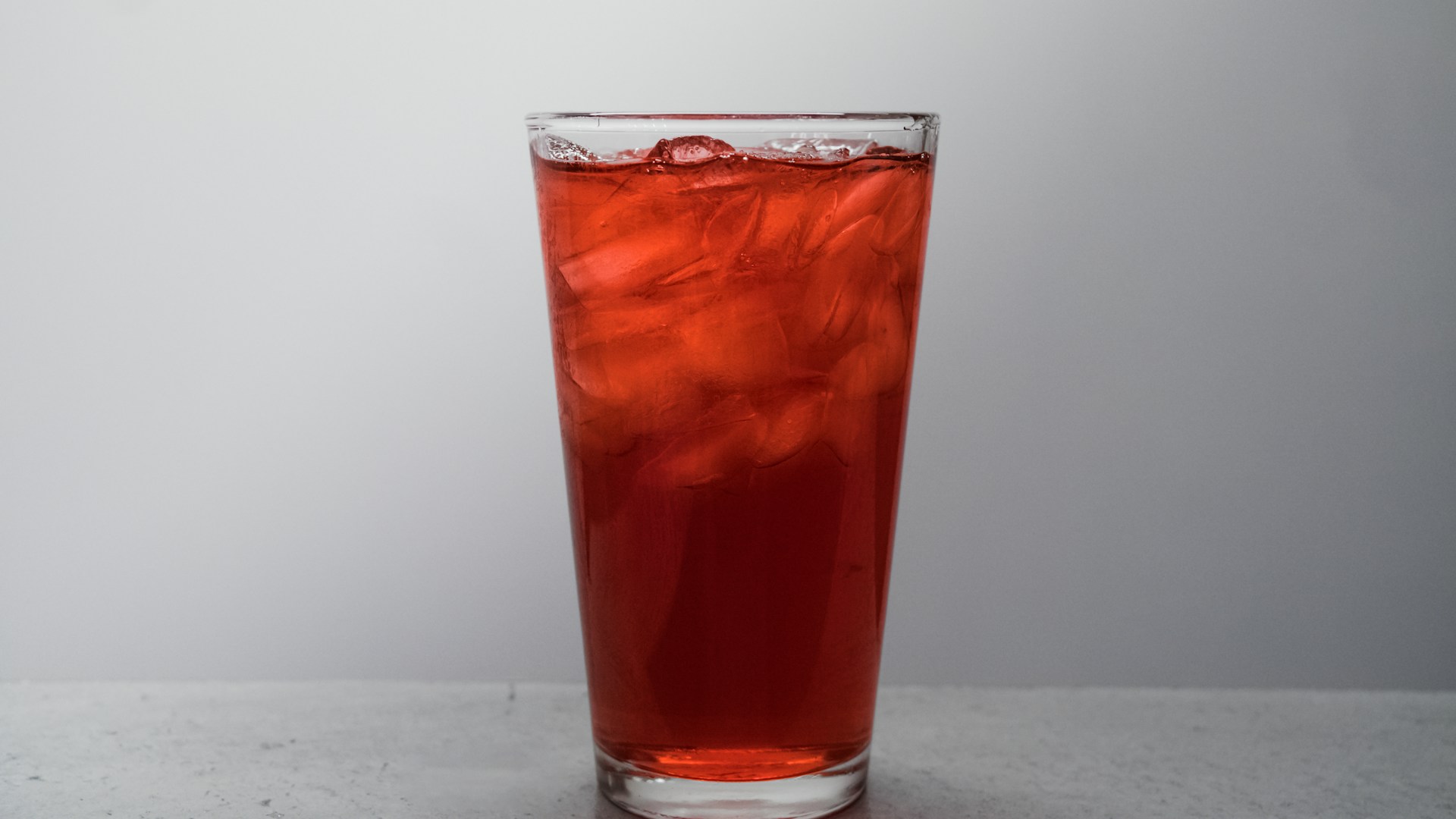
Flavored Iced Teas
These drinks often include high-fructose corn syrup, artificial flavors, and caramel coloring to create a bold, sweet profile. Additives may be used to stabilize shelf life and prevent separation. A shift to naturally flavored or unsweetened options could lead to diminished popularity. Some chains might remove them entirely if reformulation proves too costly. Crystal Tubens / Unsplash
Mozzarella Sticks
Breaded cheese snacks like mozzarella sticks commonly use stabilizers and preservatives in both the cheese and coating. These items may fall out of favor if artificial ingredients come under stricter scrutiny. Texture and meltability may suffer without the usual additives. Snappr / Unsplash
Breakfast Sausage
Sausage patties often contain sodium nitrite for curing and flavor retention. Emulsifiers and preservatives may also be used to maintain a consistent texture. Natural alternatives exist but tend to taste different and spoil faster. Breakfast menus may be forced to rethink how they handle processed meat. Derick Ducosse / Unsplash
Soft-Serve Ice Cream
Soft-serve often depends on stabilizers and emulsifiers to keep its smooth, airy consistency. Artificial vanilla and chocolate flavors are frequently added to create a strong profile without natural extracts. Eliminating these components could lead to thinner texture and faster melt rates. Customer satisfaction might decline without the iconic swirl. Mai Emoto / Unsplash
Sweet and Sour Sauce
This dipping sauce generally includes corn syrup, food dyes, and artificial fruit flavors. It may be thickened with gums to achieve a glossy, clingy texture. Removing these ingredients could impact both visual appeal and taste. Chains might opt to discontinue it rather than reengineer the entire formula. Qamar Rehman / Pexels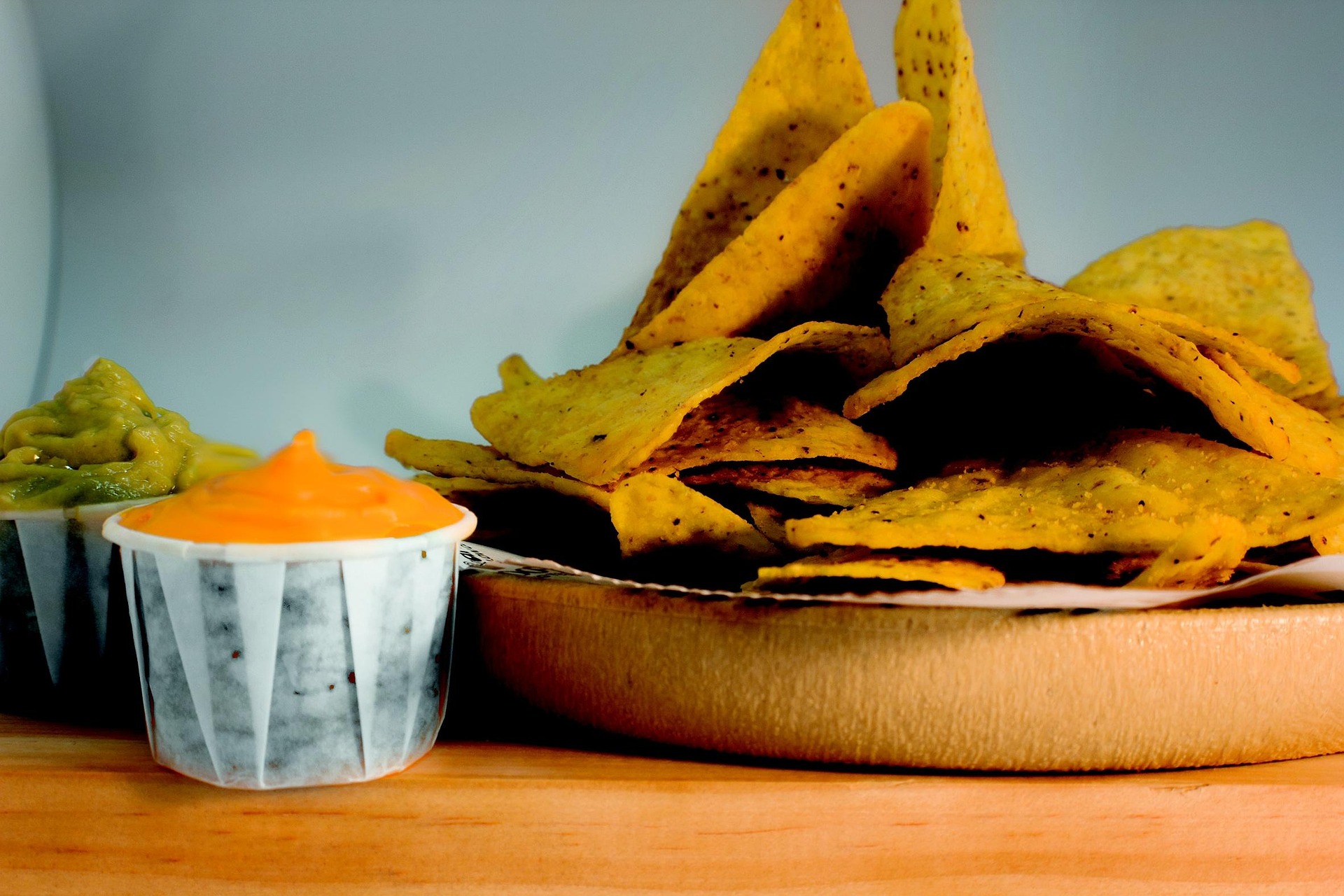
Cheese Sauce Nachos
The bright, shelf-stable cheese sauce typically served with nachos often contains processed emulsifiers and artificial coloring. These additives create the familiar creamy texture and vibrant orange hue. RFK Jr.'s policies may push companies toward using natural cheeses, which could separate or harden when reheated. The item could lose its signature appeal. marlenemgm / Pixabay
Fried Fish Sandwiches
Fast food fish sandwiches may be breaded with preservatives and fried in vegetable oils. The tartar sauce frequently includes high-fructose sweeteners and synthetic thickeners. Both components could fall under scrutiny in a health-first regulatory shift. A cleaner version may lack the moisture and flavor profile consumers expect. mariya_m / Pixabay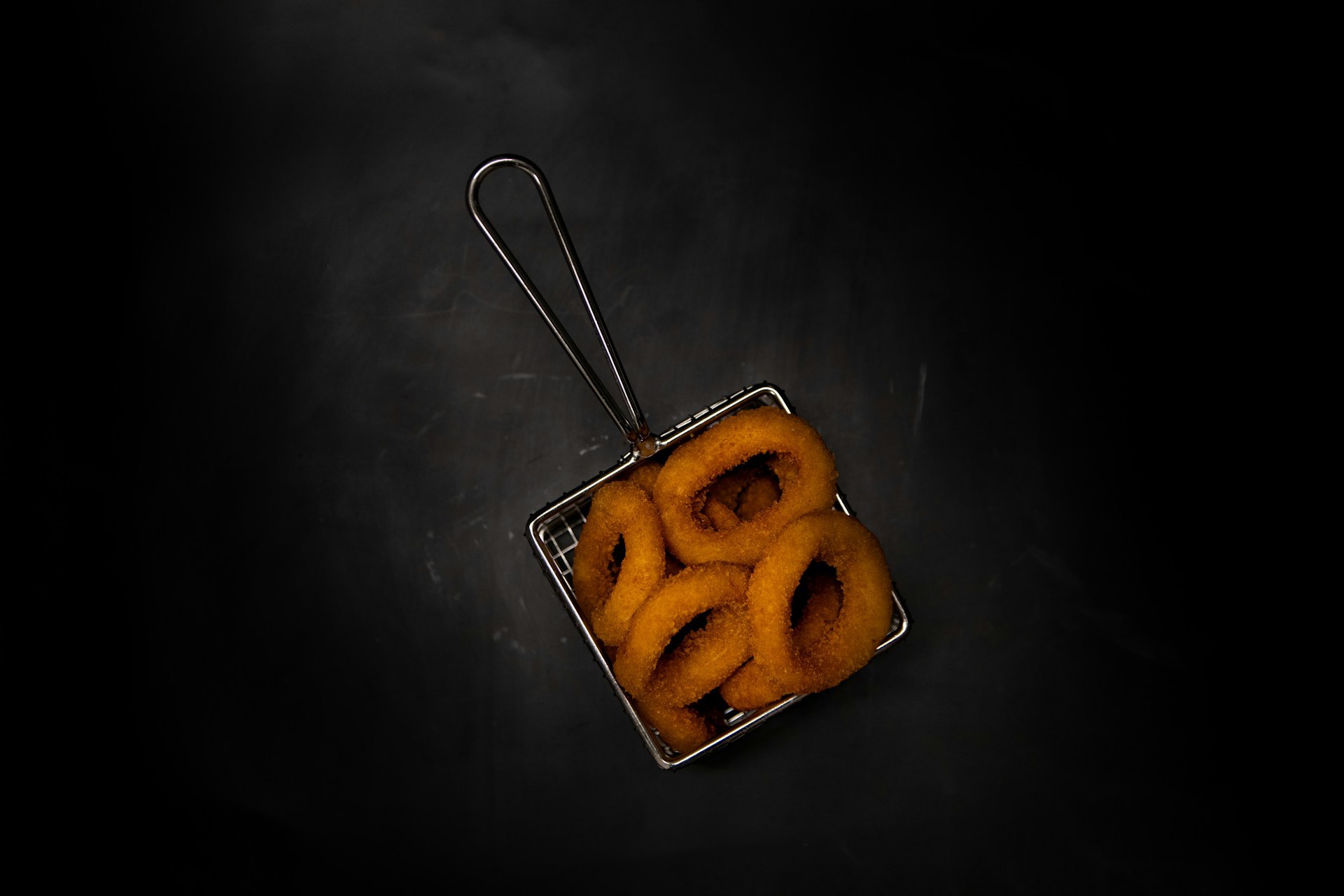
Onion Rings
Onion rings are often par-fried in seed oils before being flash-frozen and shipped. The batter may contain anti-caking agents and flavor enhancers to ensure a consistent crunch. Reformulation using natural fats and fewer additives could result in soggier rings or inconsistent flavor. Tal Molcho / Unsplash
Spicy Chicken Tenders
Fast food tenders often use maltodextrin and modified starches for crunch. Colorants are often added to visually emphasize the spiciness. Health-conscious revisions may dull both the heat and appearance. Chains could see declining interest if the punch is gone. logan jeffrey / Unsplash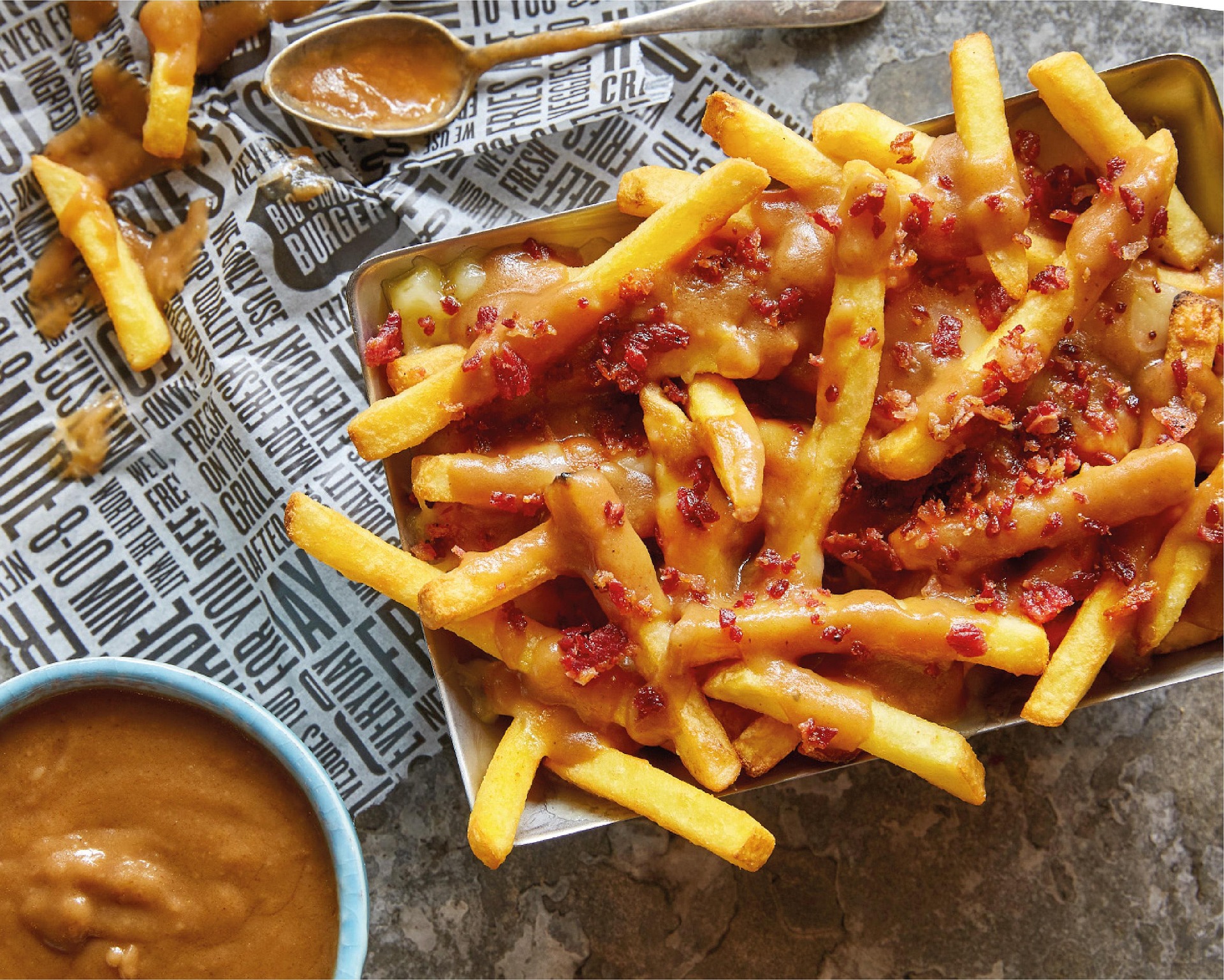
Loaded Fries
These fries combine processed cheese sauces, bacon bits with nitrites, and sauces sweetened with corn syrup. The fries themselves may be par-fried in seed oil before shipment. Almost every element might conflict with Kennedy's call for natural ingredients. They could be phased out entirely if costs outweigh consumer demand. 2SIF / Pixabay
Slushies
Brightly colored slush beverages frequently rely on synthetic dyes and high-fructose sweeteners. The texture depends on stabilizers to prevent icy clumping. Natural alternatives could dull both the appearance and mouthfeel. Fewer flavor options may survive the transition. Matheus Bertelli / Pexels
S’mores Pie Desserts
These limited-time pies often use artificial marshmallow and chocolate flavorings. The graham crust may be held together with processed oils and conditioners. Under new scrutiny, this dessert could prove too complicated to replicate cleanly. Brands might pull it from rotation. Frank Schrader / Pexels
Triple Bacon Burgers
These stackers often combine nitrite-cured bacon, cheese with emulsifiers, and sweetened sauces. While each element could be replaced, the overall effect might fall flat. Reformulated versions may lack the layered richness customers expect. Rachel Claire / Pexels
Popcorn Chicken
Often made with reconstituted meat, popcorn chicken may include phosphates and flavor-boosting coatings. Deep-frying in seed oil further complicates its standing under Kennedy's vision. A reworked version might lose its signature crunch. It could quietly disappear from combo menus. Léo Roza / Unsplash
Creamy Chicken Alfredo
This pasta dish often relies on dairy stabilizers and shelf-life extenders to maintain a reheatable sauce. Artificial parmesan flavor may also be used. Removing these ingredients could make the dish separate or curdle. It might be removed in favor of simpler offerings. Yasser Mohamed / Pexels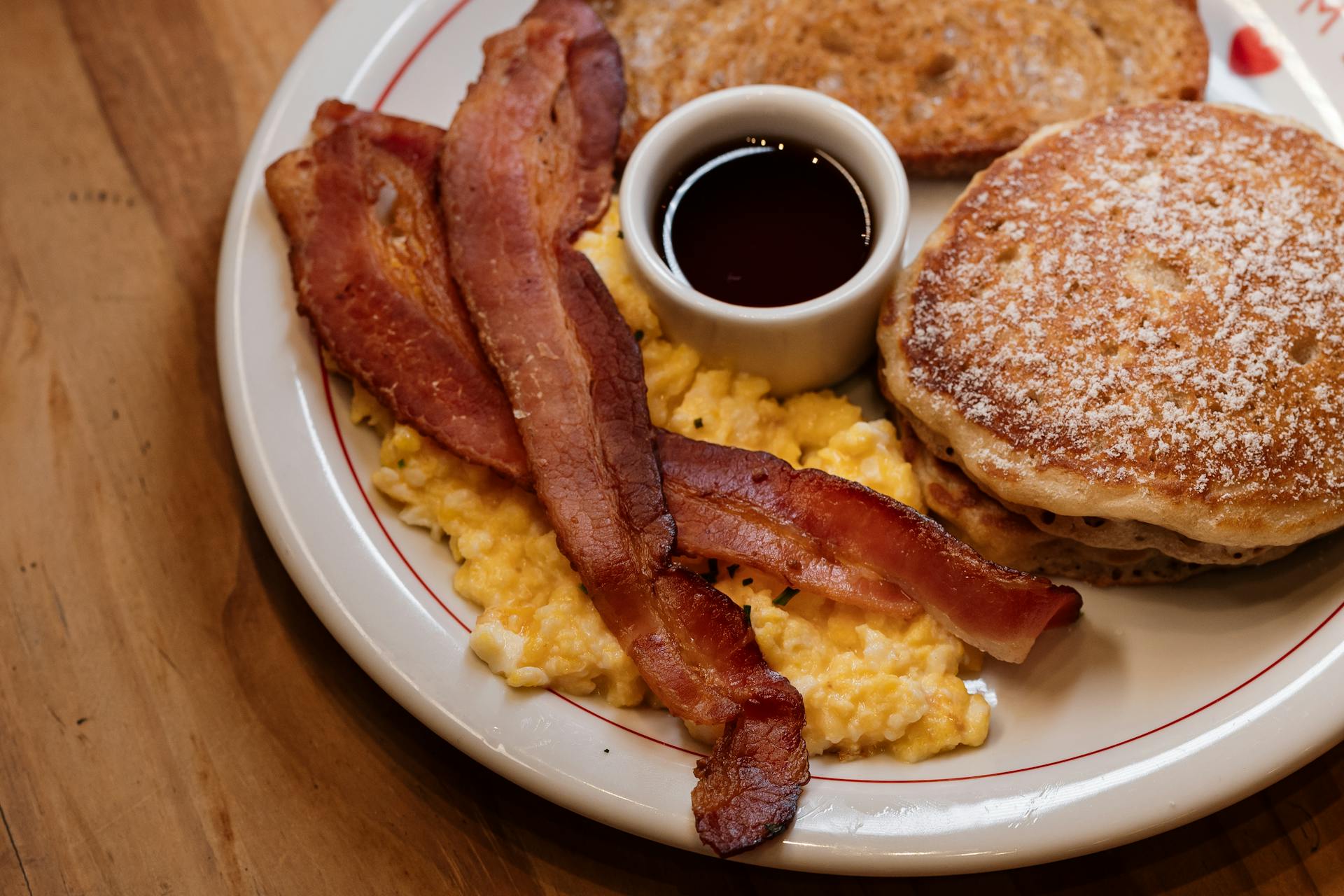
Breakfast Platters
Fast food breakfasts can include eggs treated with texture agents, pancakes with synthetic syrup, and meats with curing salts. Reforming all these items simultaneously could prove logistically difficult. Some chains might scale back breakfast entirely. Herbert Santos / Pexels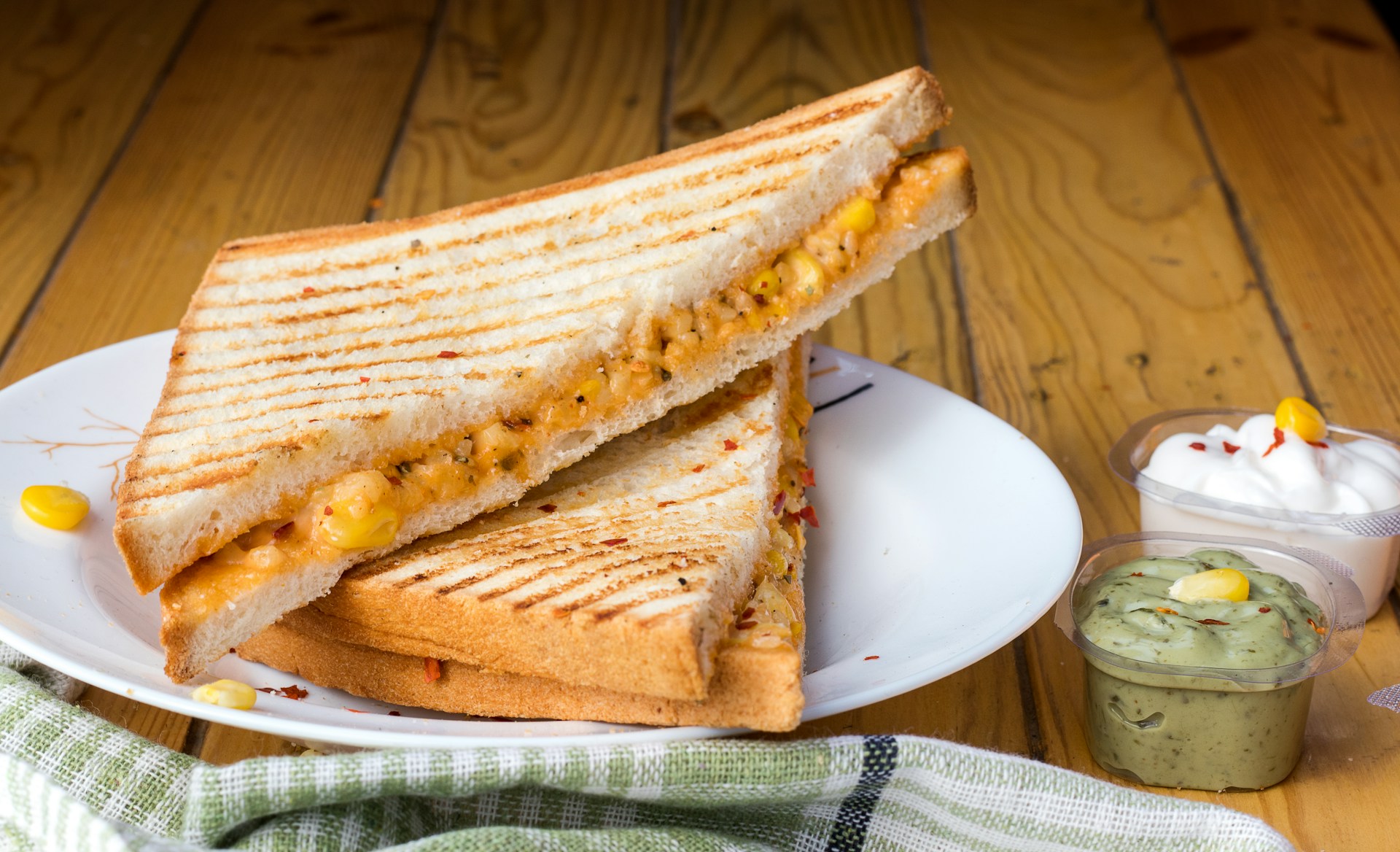
Grilled Cheese Sandwiches
The processed cheese used in fast food versions may include emulsifiers and artificial coloring. Reformulating with real cheese could lead to uneven melt and oil separation. This could alter both flavor and appearance. Some chains may choose to drop the item. Pixzolo Photography / Unsplash
Spicy Mayo
Frequently made with seed oils, spice extracts, and artificial emulsifiers, spicy mayo may be scrutinized. Reformulating could lead to a milder, less creamy product. Its disappearance might affect multiple sandwich builds. Some chains may switch to simpler condiments instead. Darlene Alderson / Pexels
Chicken Quesadillas
These handheld items may feature processed cheese blends and flour tortillas treated with preservatives. The filling often includes flavor enhancers and stabilizers. A clean-label version might lose its stretch and saltiness. Chains could rework or replace them with simpler wraps. alleksana / Pexels
Blue Raspberry Anything
The "blue raspberry" flavor is a lab-created concept typically dependent on Blue 1 and synthetic aromatics. Because the electric blue hue depends on synthetic dye, removing it would eliminate much of the flavor’s visual appeal. That makes it likely to be among the first menu items affected by any crackdown on artificial colors—potentially causing blue‑raspberry products to vanish or be reinvented. Max Komthongvijit / Unsplash
Taco Salad Bowls
Fast food taco salads often use shell bowls that are fried in seed oils and preserved with anti-staling agents. The toppings may include flavored ground beef and processed cheese blends. Reformulating each component could be too complex to justify keeping the item. Darpan / Unsplash
Jalapeño Poppers
Usually made with processed cheese and flash-fried in vegetable oil, jalapeño poppers may be affected by several ingredients targeted for elimination. The spicy filling sometimes includes modified starches and artificial flavors. Reformulating them could change the balance of heat and creaminess. Chains may decide to discontinue them rather than attempt a full overhaul. Jayce / Pexels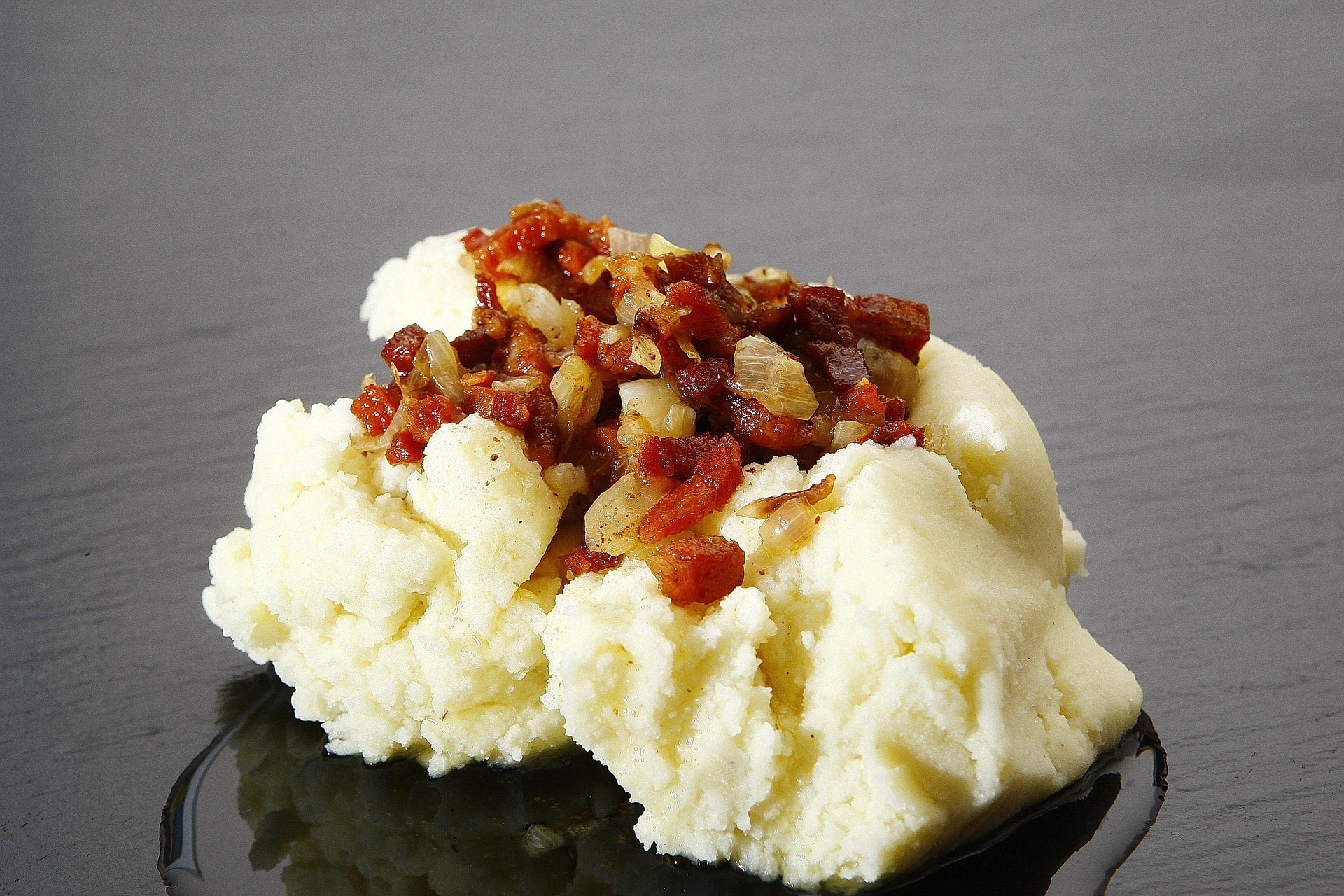
Loaded Mashed Potatoes
Loaded mashed potatoes sometimes contain instant potato flakes, processed cheese, and bacon bits with nitrites. Creaminess may be boosted by emulsifiers and shelf-life extenders. Natural replacements could create textural issues or require fresh preparation. Chains may simplify or eliminate this side dish. mp1746 / Pixabay
Fast Food Cookies
Cookies sold at fast food counters are often mass-produced with dough conditioners, stabilizers, and artificial flavorings. Chocolate chips may contain vegetable oils instead of cocoa butter. A natural version might bake unevenly or spoil more quickly. ZYNALY / Pixabay